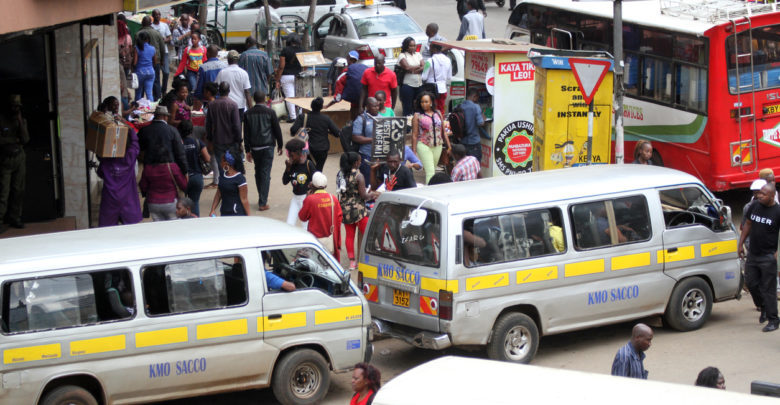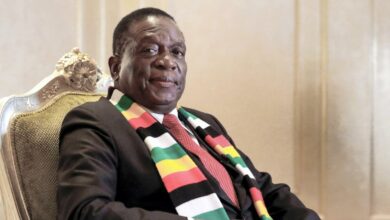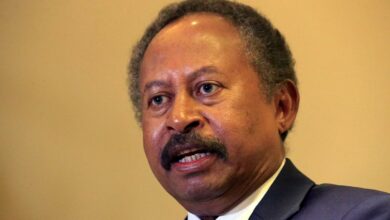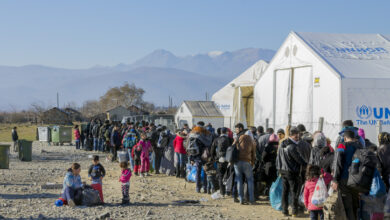
Nairobi Public Transport system is getting a major overhaul with a fleet of commuter trains coming in the next few months. The up gradation of the commuter railway system includes improving the existing infrastructure, coaches, safety and security, as well as the number of trips. The construction of new railway stations in Ruiru, Kikuyu, Mwiki, Kahawa, and Dandora has already been completed.
Charles Hinga, Principal Secretary of Housing and Urban Development, said that reorganization of the once-neglected commuter railway system was necessary in order to encourage the middle-class Nairobians to use public transport, which has long been associated with the poor, reported Daily Nation.
Hinga said the government is in the process of chalking out a long-term solution for perennial congestion within city roads which also includes introducing high-capacity buses for the bus rapid transit (BRT) system.
Notably, the newly constructed railway stations will also have parking lots for motorists and fully equipped police stations which will help in overcoming any sort of insecurity and chaos among public transport users.
“Since we target mass transport we also plan to improve the frequency of the trains serving various routes,” said Mr. Hinga.
He said the government is hoping that the commuter railway service will soon be the bedrock of the city’s public transport.
The task of reorganizing the city transport has been undertaken by the Nairobi Metropolitan Services Improvement Project (NaMSIP) in collaboration with the Ministry of Lands, Housing and Urban Development. The funding for the project has been allotted by the World Bank, which has already financed more than 300 million USD for NaMSIP projects over the last six years.
Felipe Jaramillo, World Bank country director, said as traffic congestion is a very big problem in Nairobi, the people are forced to spend too much time in transit resulting in a waste of time and efficiency. He added that the use of rail to decongest the city is a good idea. Jaramillo also revealed that the World Bank has financed construction of the first 10 stations.






